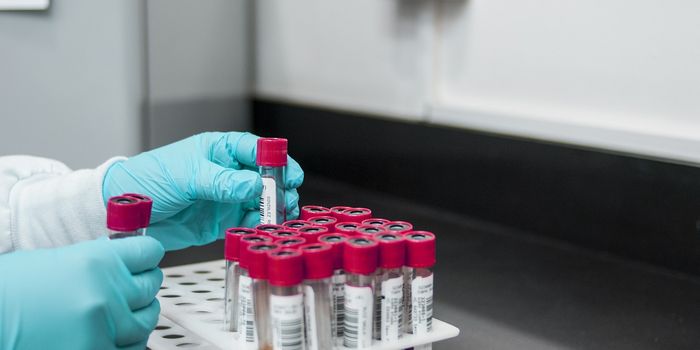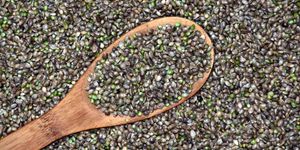How Heparan Sulfate Helps SARS-CoV-2 Enter Cells
To infect a cell, the SARS-CoV-2 virus has to find a way in. That way is through receptors on the surface of cells that line the nose and lungs; one of those receptors is called ACE2. Researchers have also found that a molecule called heparin sulfate, a carbohydrate that also sits on the surface of lung cells, helps the virus get into cells. Scientists have now used this knowledge to find two ways to impair the ability of SARS-CoV-2 to infect cells. They used a cell culture model to show that infection might be reduced by about 80 to 90 percent. The work has been reported in Cell.
"ACE2 is only part of the story," said Jeffrey Esko, Ph.D., Distinguished Professor of Cellular and Molecular Medicine at the University of California San Diego School of Medicine and co-director of the Glycobiology Research and Training Center. "It isn't the whole picture."
The research showed that if enzymes are used to remove heparan sulfate, or if a common drug called heparin is used to outcompete the heparan sulfate on cells, the coronavirus can be drawn away from human cells. Heparin is a medication that is used to treat blood clots and is a form of heparan sulfate. Other work (as described in the video above) has shown that it can be used as a treatment for COVID-19 in some cases.
Esko has been studying the physiological roles of heparan sulfate or many years. His colleague, visiting scholar Thomas Mandel Clausen, Ph.D., and postdoctoral researcher Daniel Sandoval, Ph.D. were also a part of this work. Clausen has had some experience studying the interaction of the malaria parasite and another human cell-associated carbohydrate, but the researchers are not virologists. Instead, they simply took note of the data that was coming out on SARS-CoV-2, and knew a preliminary study suggested the spike protein on the virus was interacting with a carbohydrate related to heparan sulfate.
The team quickly found the exact part of the SARS-CoV-2 spike protein that can bind heparin. When it's bound to heparin, the receptor-binding domain opens and encourages binding on ACE2. To enter human lung cells grown in culture, the researchers found that the virus has to bind to heparan sulfate and ACE2.
The scientists were also able to disrupt binding. When enzymes stripped heparan sulfate from cells, the virus couldn't get in. If cells were exposed to heparin, the infection was also prevented. Heparin could prevent infection in these cells at the doses now given to patients for blood clots even if the portion of the drug that prevents blood clots was removed. There is still more work to do before this research will translate into use in the clinic, however. The scientists must test heparan sulfate inhibitors in an animal model first.
"This is one of the most exciting periods of my career -- all of the things we've learned about heparan sulfate and the resources we've developed over the years have come together with a variety of experts across multiple institutions who were quick to collaborate and share ideas," Esko said. "If there's a silver lining to this pandemic, I hope it's that the scientific community will continue to work rapidly together like this to address other problems."
Sources: AAAS/Eurekalert! via University of California San Diego, Cell








